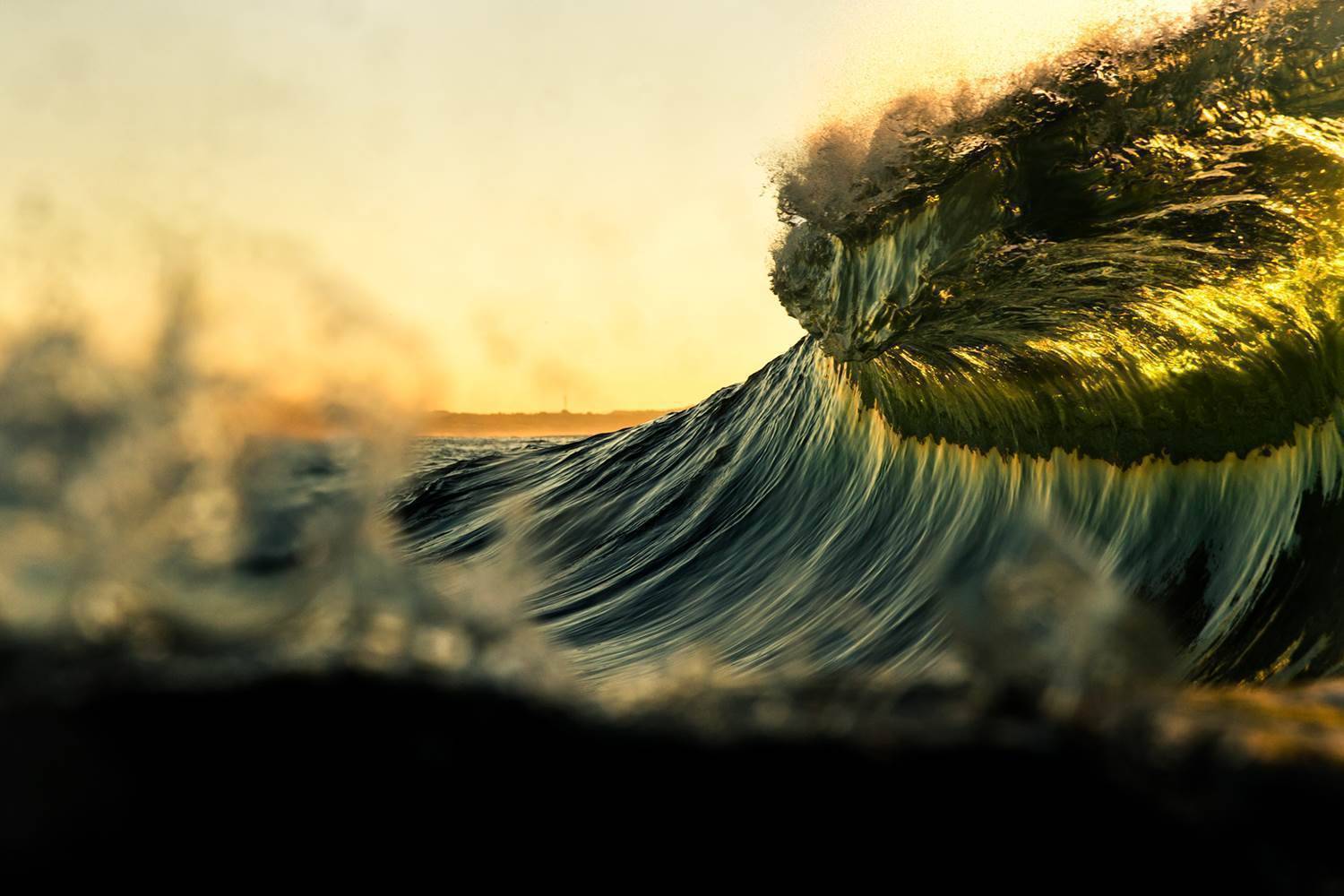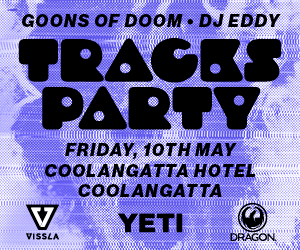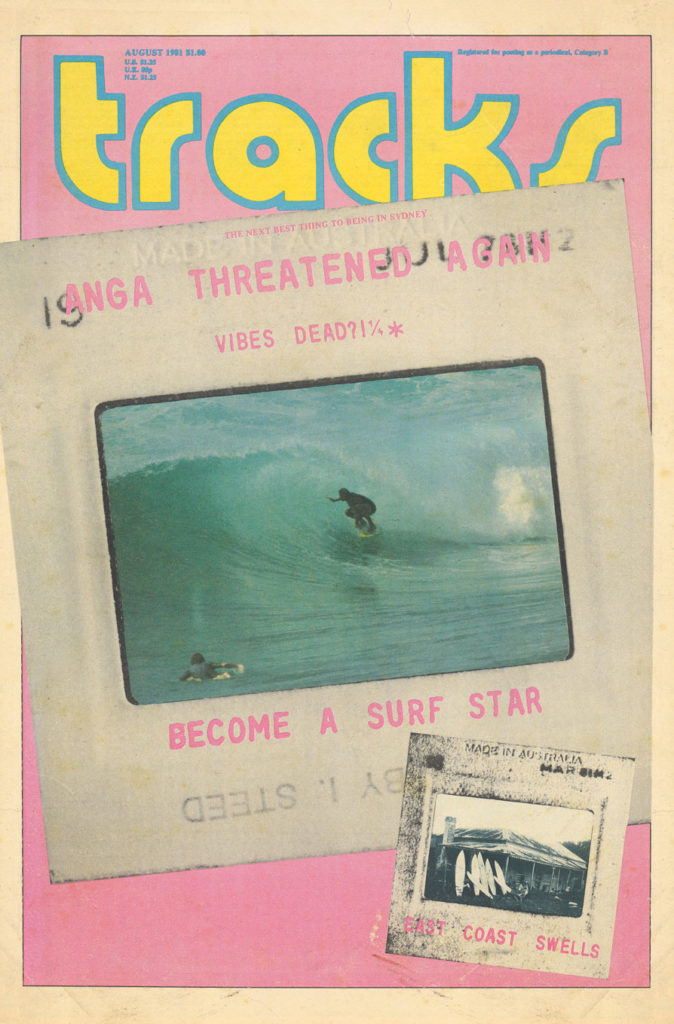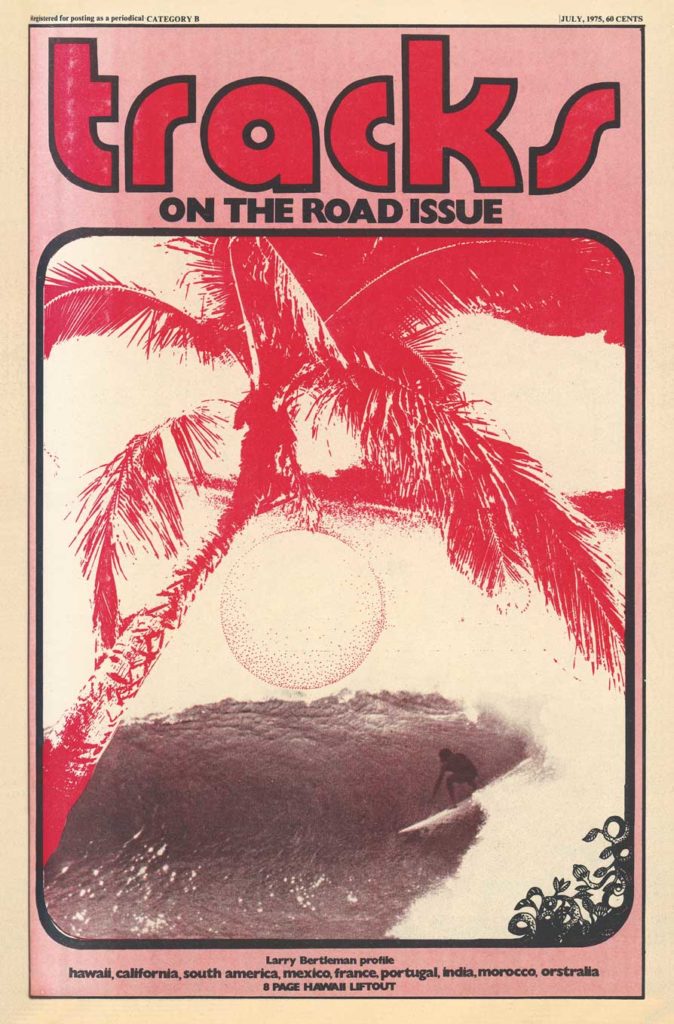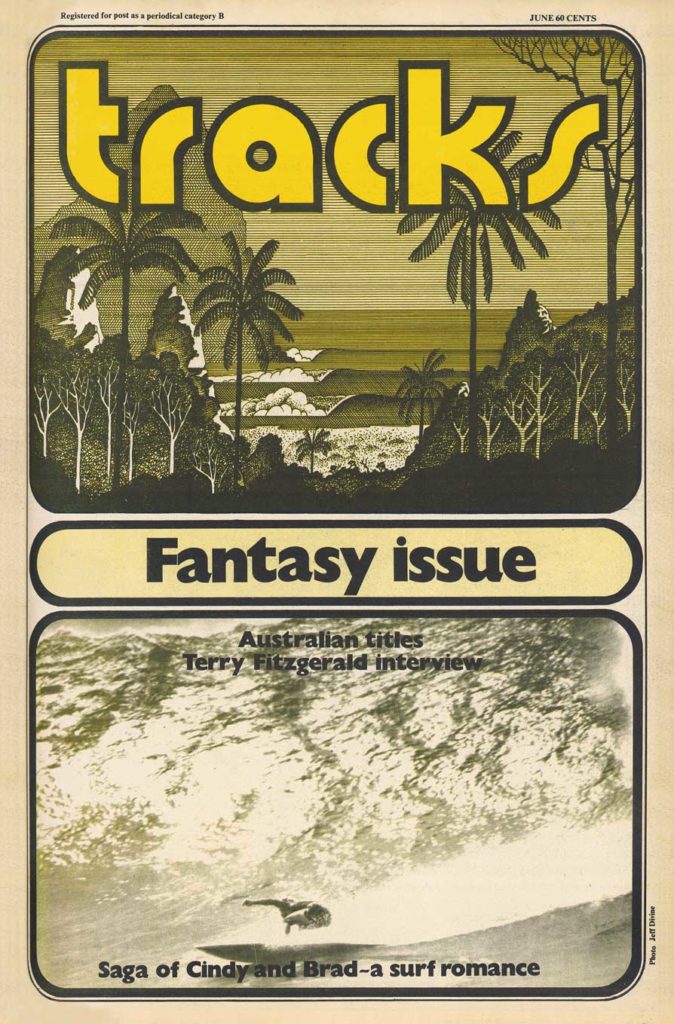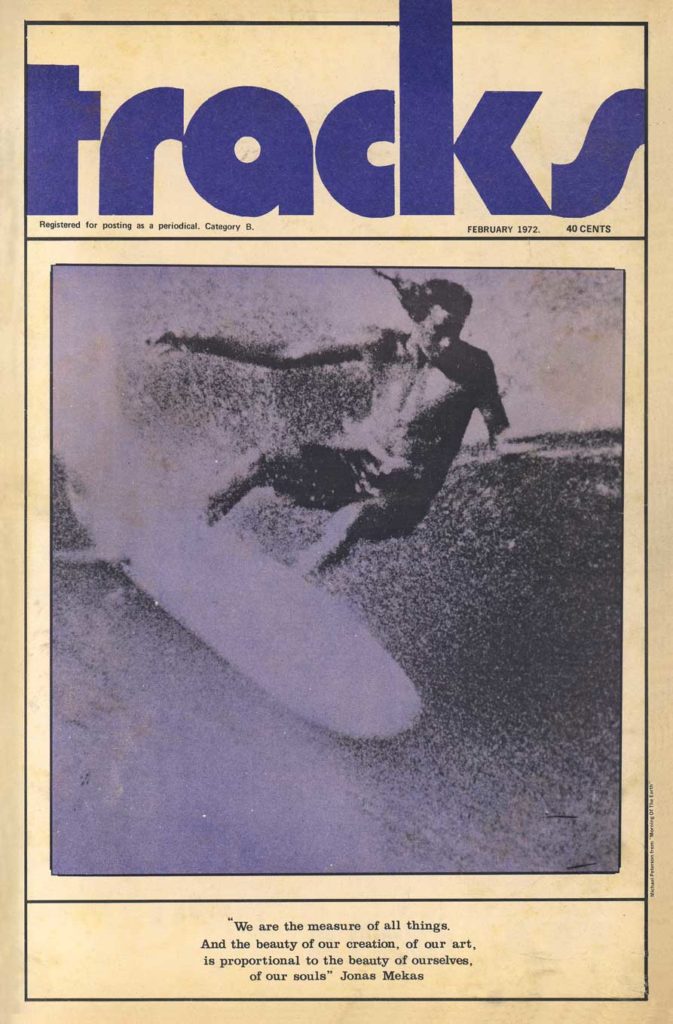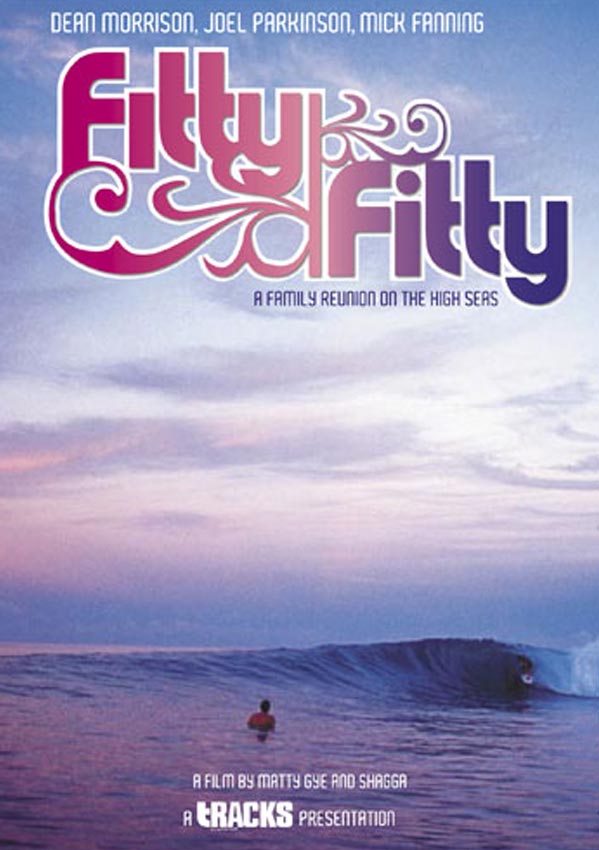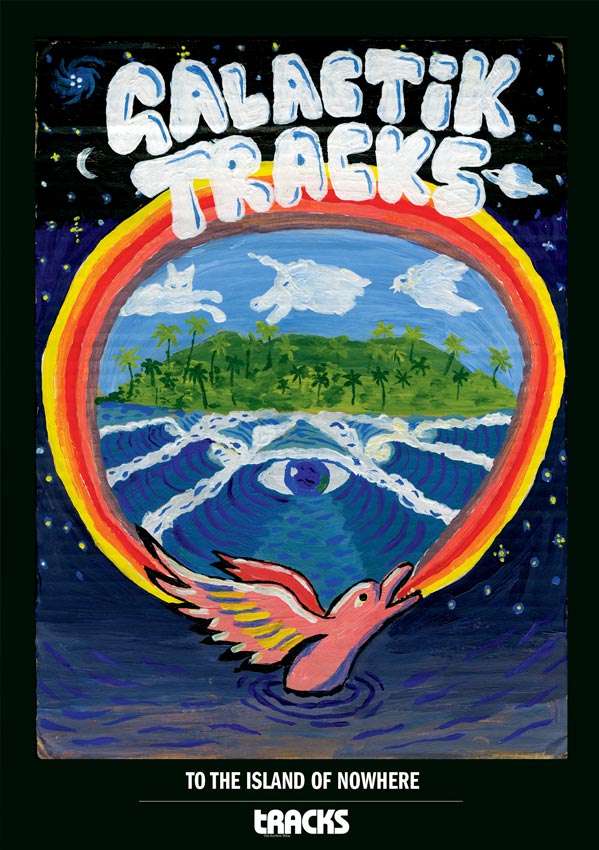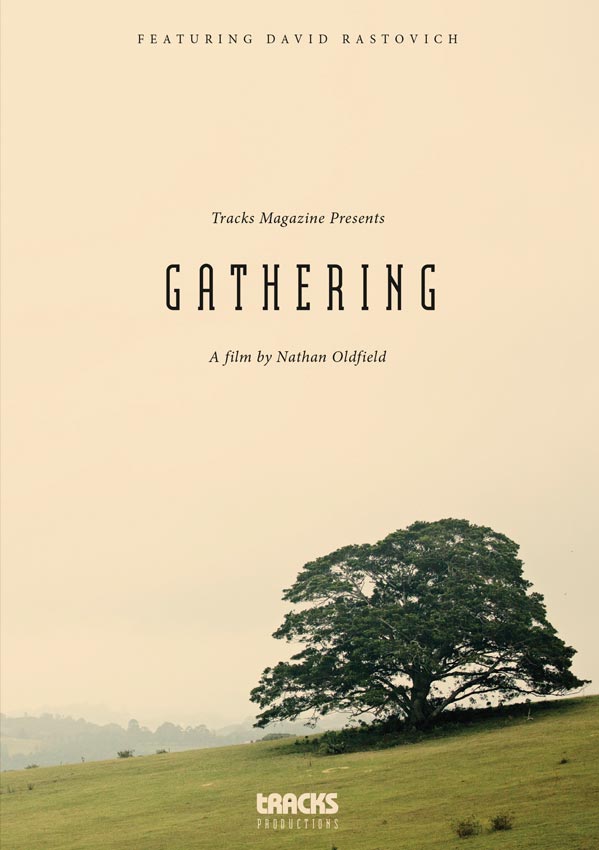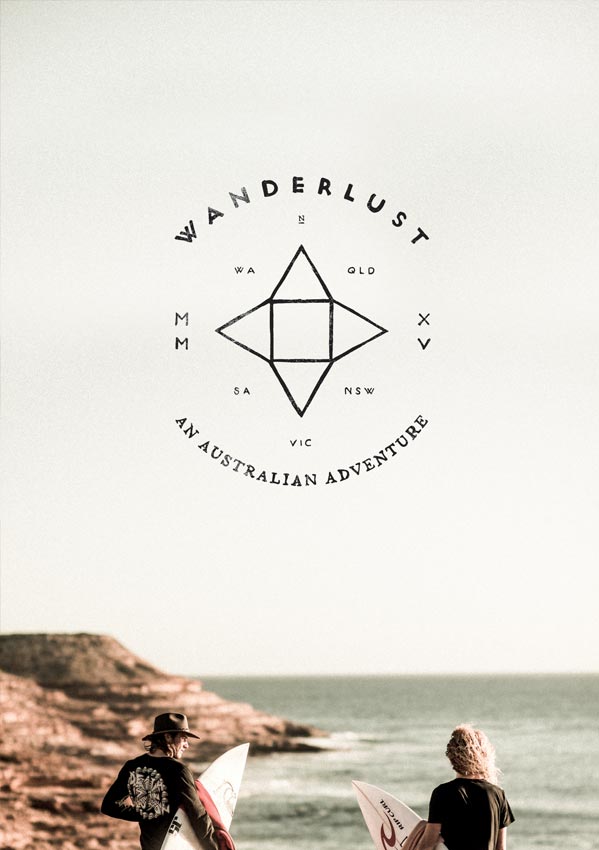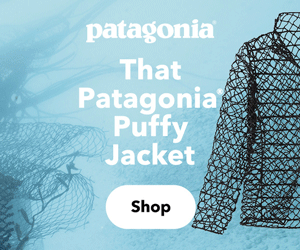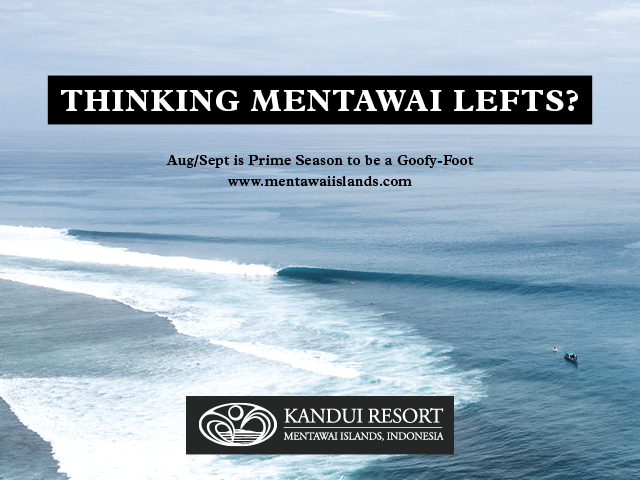Gold Coast based surf photographer Fran Miller showcases the unique forms that waves take, putting a microscope to the delicate variations in texture, colour and shape of water. While the exhibition is a kind of ode to the sea in all its magnificence, it also attempts to convey a deeper message.
With the title of her latest exhibition, ‘Sea Sickkk’, Fran comes right to the point: as surfers we have this stunning marine environment that brings us so much joy, but many of us do little to ensure its future. In classic surf lingo, sick has positive connotations, but Fran uses the word to question the health of our oceans and our role in the whole debacle.
Art, certainly, plays a vital part in political and cultural debate. It’s a vehicle for change because the artist is often looking to confront their audience, to affect them in some sensorial or emotional way. While activist organisations challenge power relations through direct action, environmental art often takes a different approach. It promotes slow-burning cultural change, by creating an emotional investment between people and nature. As sociologist Ulrich Beck states: “Only if nature is brought into peoples’ everyday images, into the stories they tell, can its beauty and suffering be seen and focussed on.”
In the surfing world, the suffering of our oceans has been brought into focus in
recent years through the rise of activist organisations and activist companies. Brands like Patagonia not only sell products but they sell a message, and at the moment at least, it seems like the people are ready to hear it. The figures tell all: Patagonia, for instance, is seeing double-digit annual growth, while many classic surf brands continue to struggle.
Anti-consumerism is at the forefront of the Patagonia philosophy, but according
to environmental writer J.B. MacKinnon of the New Yorker, herein lies the paradox: Patagonia customers “support the brand’s anti-consumerist [message] by thoughtfully consuming its products.” Its ambassadors, like Dave Rastovich, are handpicked to spread the word as well as sell products, but the two are intrinsically connected: when we buy a Patagonia product we feel a bit like an ambassador for the planet ourselves, and that’s the genius of their marketing strategy.
Lewis Samuels, of the controversial website Postsurf.com hit the nail on the head when he tackled the concept of green marketing back in 2010. He said:
“Buying useless surf clothes labelled as “green” does not make you an environmentalist. The “green” surfer is the guy wearing his Katin Trunks made twenty years ago – not the guy with five pairs of Billabong’s Eco Boardshort. The “green” surfer is an activist, not a consumer of green products.”
But ‘responsible economy’ is surely better than an economy that relies on relentless growth and consumerism, right? And Patagonia backs its talk with action, through environmental philanthropy and other initiatives like ‘Worn Wear.’ As MacKinnon explains, “the new economy must grow out from beneath the old one’, and peddling our way back from a deeply ingrained culture of consumerism will take time.
Fran Miller’s stance on our environmental responsibilities as surfers takes this reality into account. She says: “Though some would suggest we should just cull humanity, I’m very much of the view: how can we live a high quality lifestyle, without sacrificing the planet for it?
As a surfer, I still want to drive my 4WD across sand dunes looking for an unknown peak, and be warm in my wetsuit as I ride a new board down the line at Snapper, and have a beer with my friends after a good
surf watching the sun set. The point is, do I need to drive my gas-guzzler five minutes to the shops or can I walk or ride a bike? Can technology improve so that capable 4WD’s aren’t simply gas-guzzlers? Will my wetsuit last more than one season, and did a child labourer make it? Can I ride a surfboard that isn’t a P.U., and still get the same rush?
Do I really need a plastic bag to carry my beer home?”
Throughout history civic activists have combined campaigns for social change
with the arts, because as humans, we make sense of our world through stories and symbols. Sustainable companies thus invest in film and art projects to inspire people
and bring communities together. Patagonia has supported films like Nathan Oldfield’s Church of the Open Sky, and most recently, Keith Malloy’s Fishpeople. These films portray the force of the ocean for those who live and play within its reaches, and foster a sense of awe and appreciation for the natural world.
Similarly, Fran Miller’s recent exhibition took place at Sustainable Surf Collab in Coolangatta, a small outfit run by the sustainable brand Panamuna Project.
A lot of art invites the audience to consider its message in an indirect way, and maybe that’s where its strength lies. As legendary wordsmith Nick Cave says, “when you look at a piece of art, there’s this moment when the gears of the heart shift, when something makes an impact.” You arrive at the meaning of the work in your own way and in your own time, and it appeals to something mysterious within you. In this way, art might be a more subtle, yet equally important, method of inspiring change.
